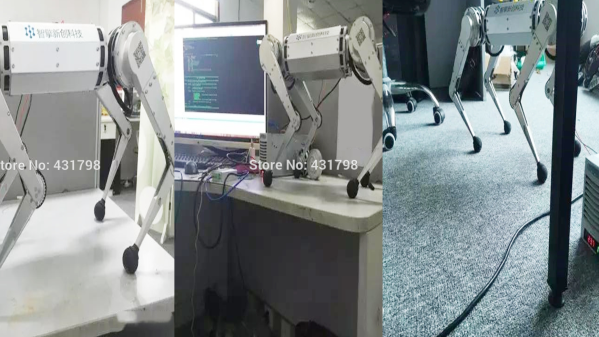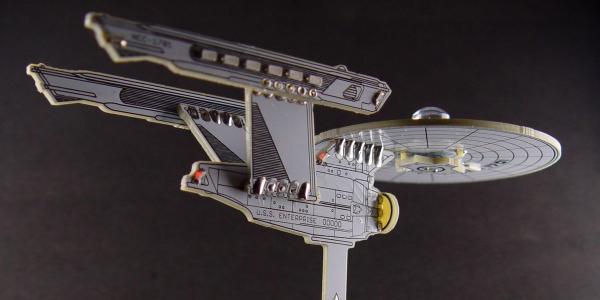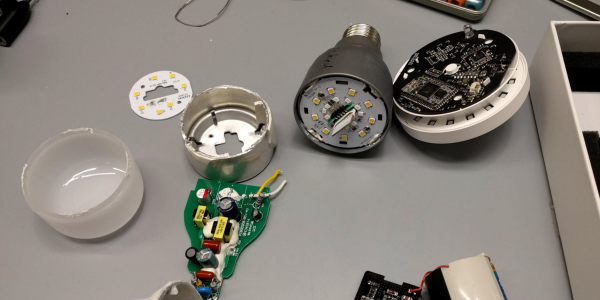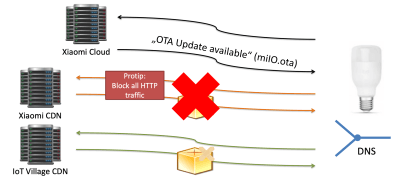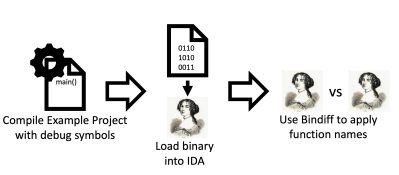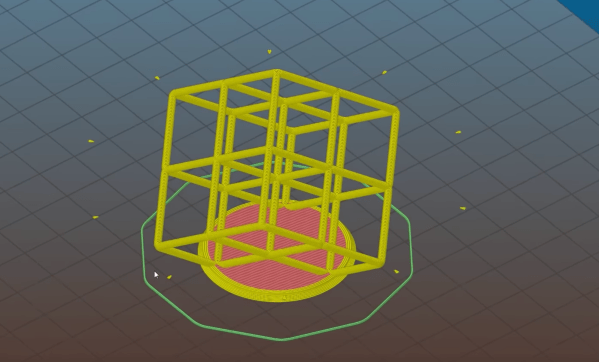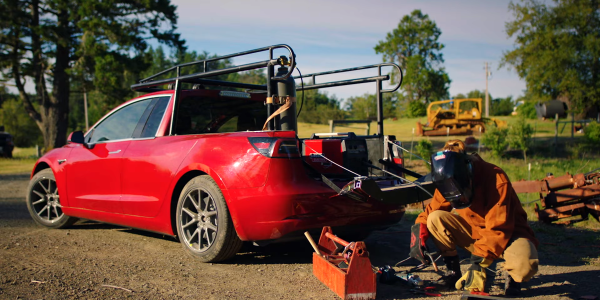We nearly passed over this tip from [xoxu] which was just a few links to some AliExpress pages. However, when we dug a bit into the pages we found something pretty surprising. Somewhere out there in the wild we…east of China there’s a company not only reverse engineering the Mini Cheetah, but improving it too.
We cover a lot of Mini Cheetah projects; it’s a small robot that can do a back-flip after all. When compared to the servo quadruped of not so many years ago it’s definitely exciting magic. Many of the projects go into detail about the control boards and motor modifications required to build a Mini Cheetah of your own. So we were especially interested to discover that this AliExpress seller has gone through the trouble of not just reverse engineering the design, but also improving on it. Claiming their motors are thinner and more dust resistant than what they’ve seen from MIT.
To be honest, we’re not sure what we’re looking at. It’s kind of cool that we live in a world where a video of a research project and some papers can turn into a $12k robot you can buy right now. Let us know what you think after the break.

